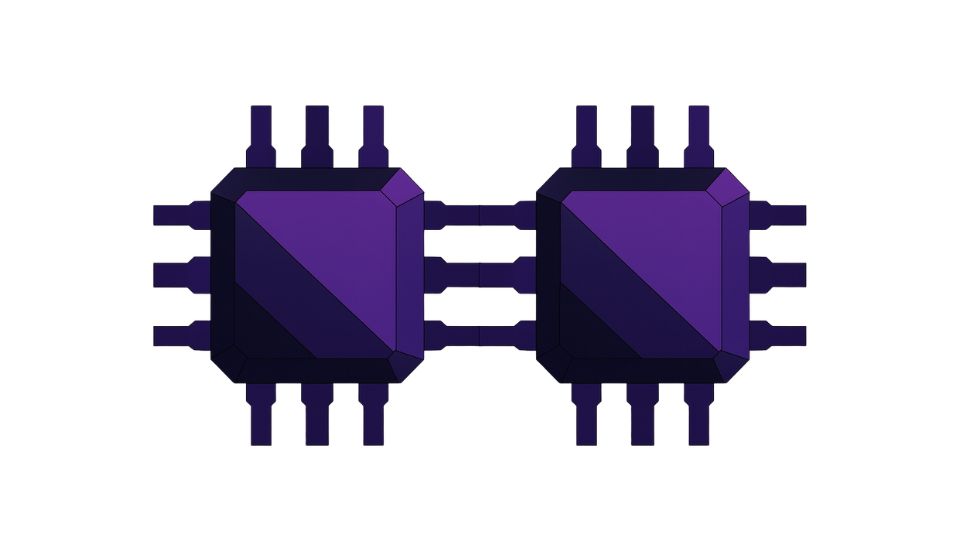A newly discovered exploit, dubbed “Brash,” has revealed a critical architectural vulnerability within the Chromium Blink rendering engine. This flaw is capable of causing a system-level denial of service across a wide range of Chromium-based browsers globally. This issue is not a traditional memory corruption bug but rather exploits a fundamental design oversight in how web browsers manage tab titles.
Understanding the Brash Exploit
Disclosed by security researcher Jose Pino (Jofpin), Brash leverages the complete absence of rate limiting on the document.title API. This allows an attacker to overwhelm the browser’s user interface (UI) thread by rapidly updating tab titles. This leads to a complete crash within 15 to 60 seconds across affected systems, as detailed in the research findings. The issue stems from a core architectural deficiency in Blink, rather than a software bug requiring privilege escalation.
The Brash exploit operates by forcing synchronous document.title changes on the browser’s main thread without any rate limiting. This mechanism enables the injection of millions of Document Object Model (DOM) mutations per second. This saturates the UI thread, blocks the event loop, and disrupts the rendering pipeline until the browser becomes unresponsive and crashes. This process consumes high CPU resources and can degrade overall system performance, affecting concurrent processes, according to eSecurity Planet.
Attack Sequence and Broad Impact
The attack sequence, as outlined by Pino, unfolds in three primary stages:
- Hash Generation: A preload of 100 unique hexadecimal strings, each 512 characters long, serves as efficient seeds for title updates.
- Burst Injection: Rapid-fire
document.titleupdates attempt to inject approximately 24 million updates per second in its default configuration. - UI Thread Saturation: Continuous updates overwhelm the browser’s main thread, leading to unresponsiveness and eventual forced termination.
The exploit can also be configured with temporal triggers, allowing for time-delayed or scheduled attacks. For more information on different types of vulnerabilities, consider reading about Remote Code Execution (RCE) Vulnerabilities.
The vulnerability affects all browsers built on the Chromium framework. This includes Google Chrome, Microsoft Edge, Opera, Vivaldi, Brave, Arc Browser, Perplexity Comet, and ChatGPT Atlas. Testing conducted by the researcher demonstrated that these browsers on macOS, Windows, and Linux crashed within seconds, typically ranging from 15 to 60 seconds depending on the specific browser and system performance. This broad impact is significant, potentially affecting over 3 billion internet users given Chromium’s widespread adoption.
Conversely, browsers utilizing non-Chromium engines, such as Mozilla Firefox (Gecko) and Apple Safari (WebKit), are immune to this specific attack. Additionally, all browsers on iOS devices remain unaffected due to Apple’s policy mandating WebKit for third-party browsers on its platform.
Potential Weaponization and Mitigations
While requiring only a website visit to execute, the exploit’s potential for weaponization extends beyond simple browser crashes. Jose Pino highlights several potential attack scenarios, including embedding Brash in phishing emails, malicious advertisements (malvertising), or social media links that trigger at specific moments. The researcher also details how Brash could be used in AI agent poisoning against headless browsers, disrupting surgical procedures reliant on web-based systems, or even contributing to stock exchange flash crashes.
As of the researcher’s disclosure, Google had not issued an official response regarding the Brash exploit. Since Brash exploits normal browser behavior rather than a traditional security flaw, standard antivirus tools and sandboxing may be less effective. Users can find information on preventing common security flaws by reviewing articles such as CISA Confirms Linux Kernel Flaw Exploited in Ransomware Attacks.
Pino suggests several user-side mitigations, including avoiding untrusted sites and links, disabling or restricting JavaScript with browser extensions like NoScript or uBlock Origin, and keeping all browsers and extensions updated. Organizations are advised to monitor endpoints for CPU spikes and user activity, and to train users on identifying suspicious browser behavior.
The Brash exploit underscores how fundamental architectural assumptions within widely used web technologies can create vulnerabilities exploitable through seemingly innocuous APIs.

